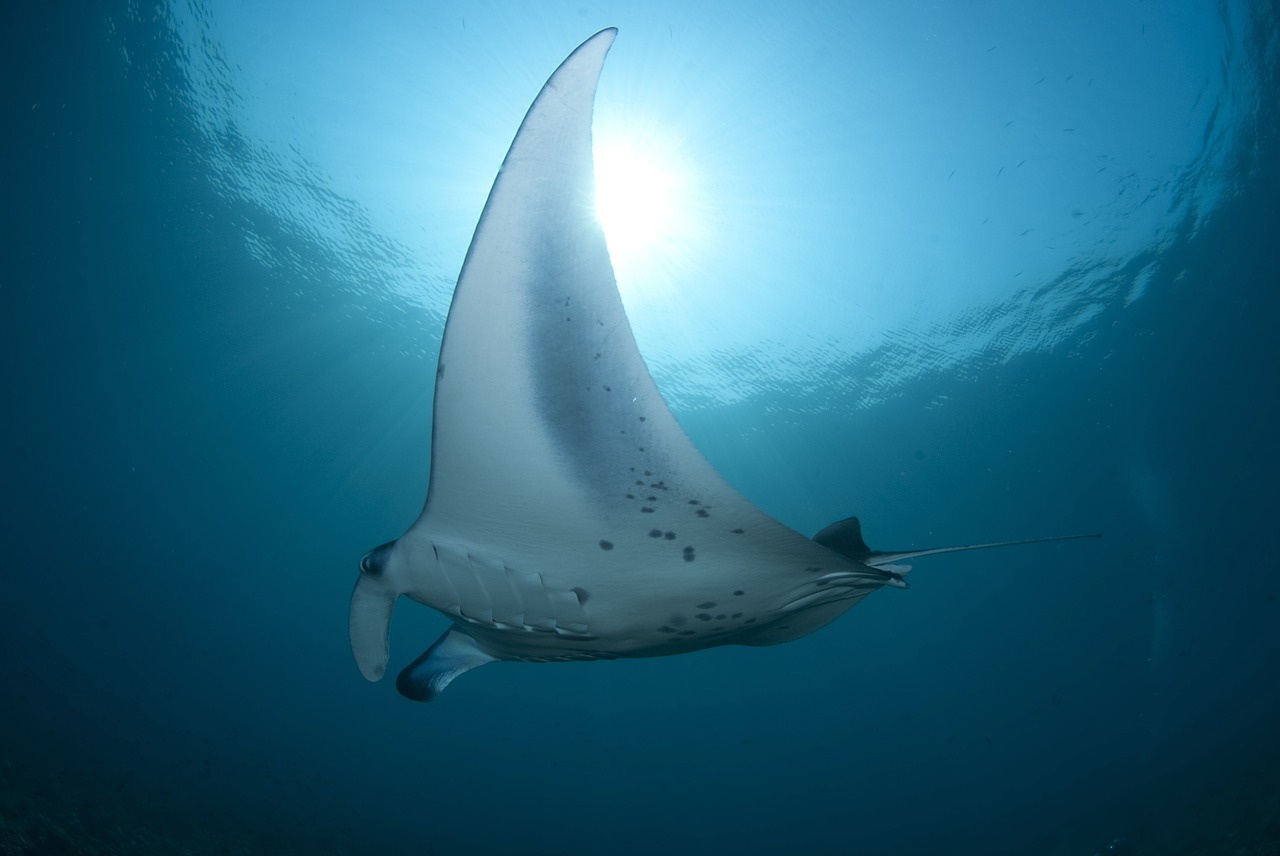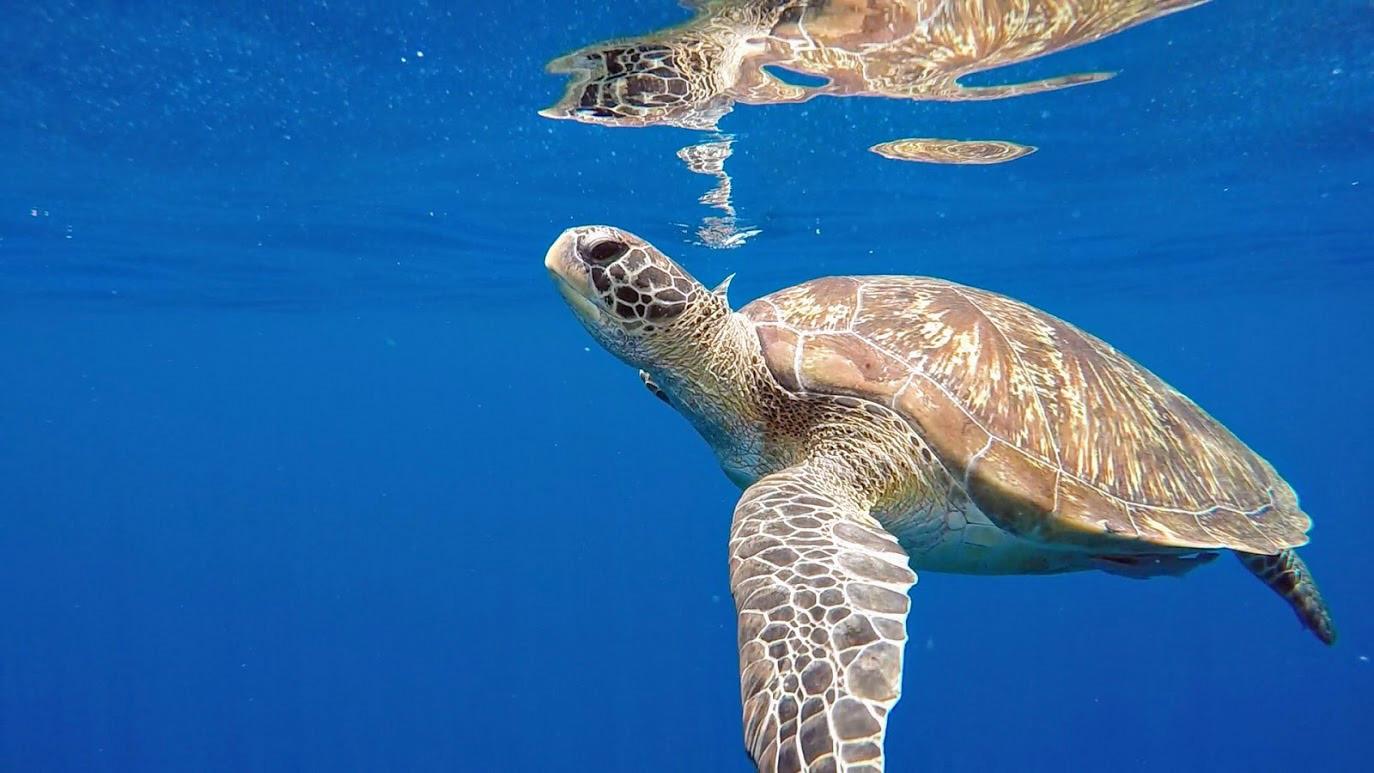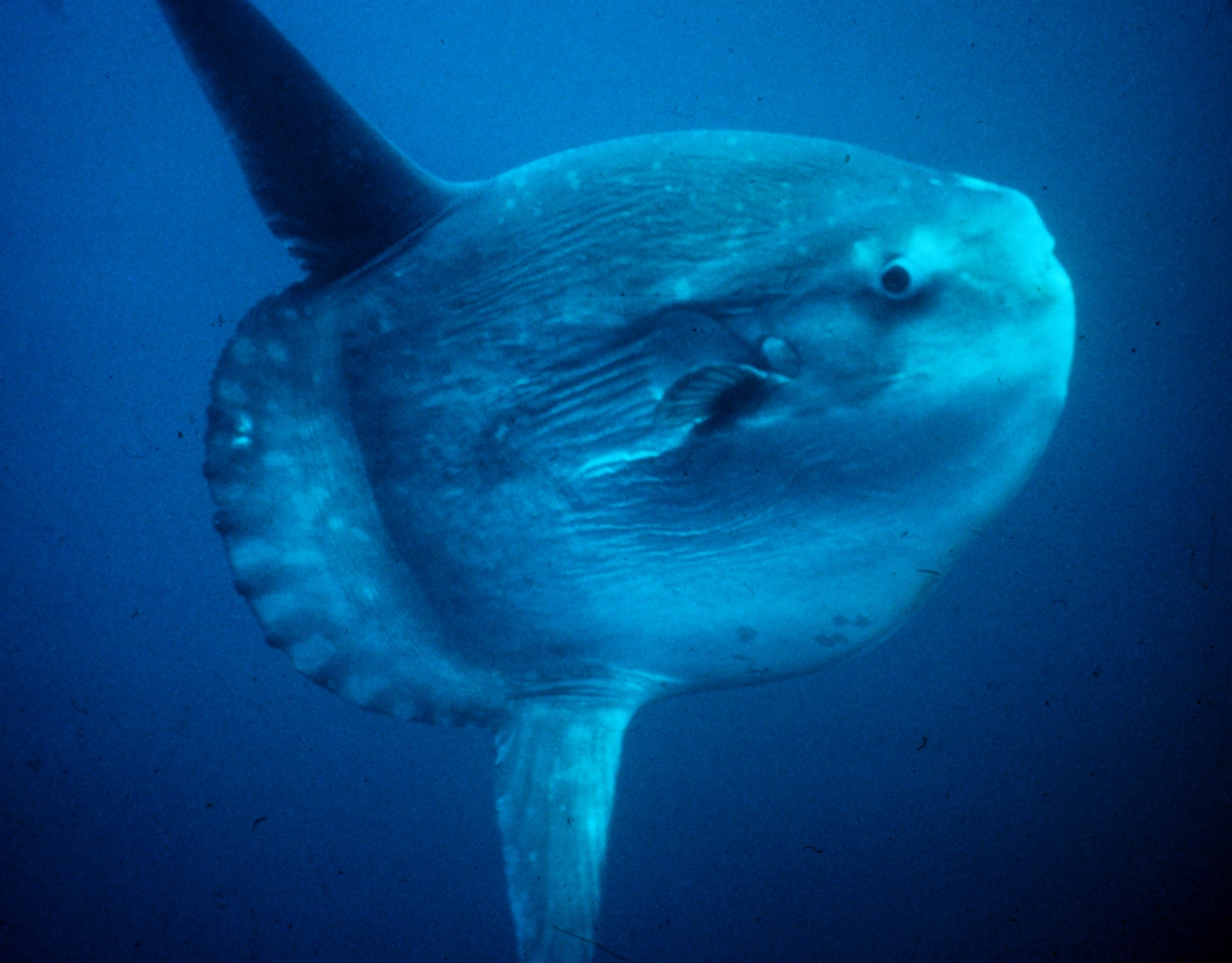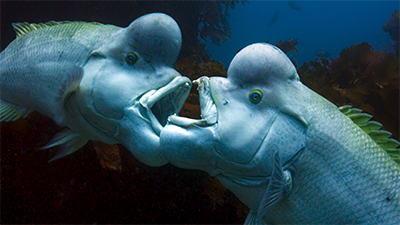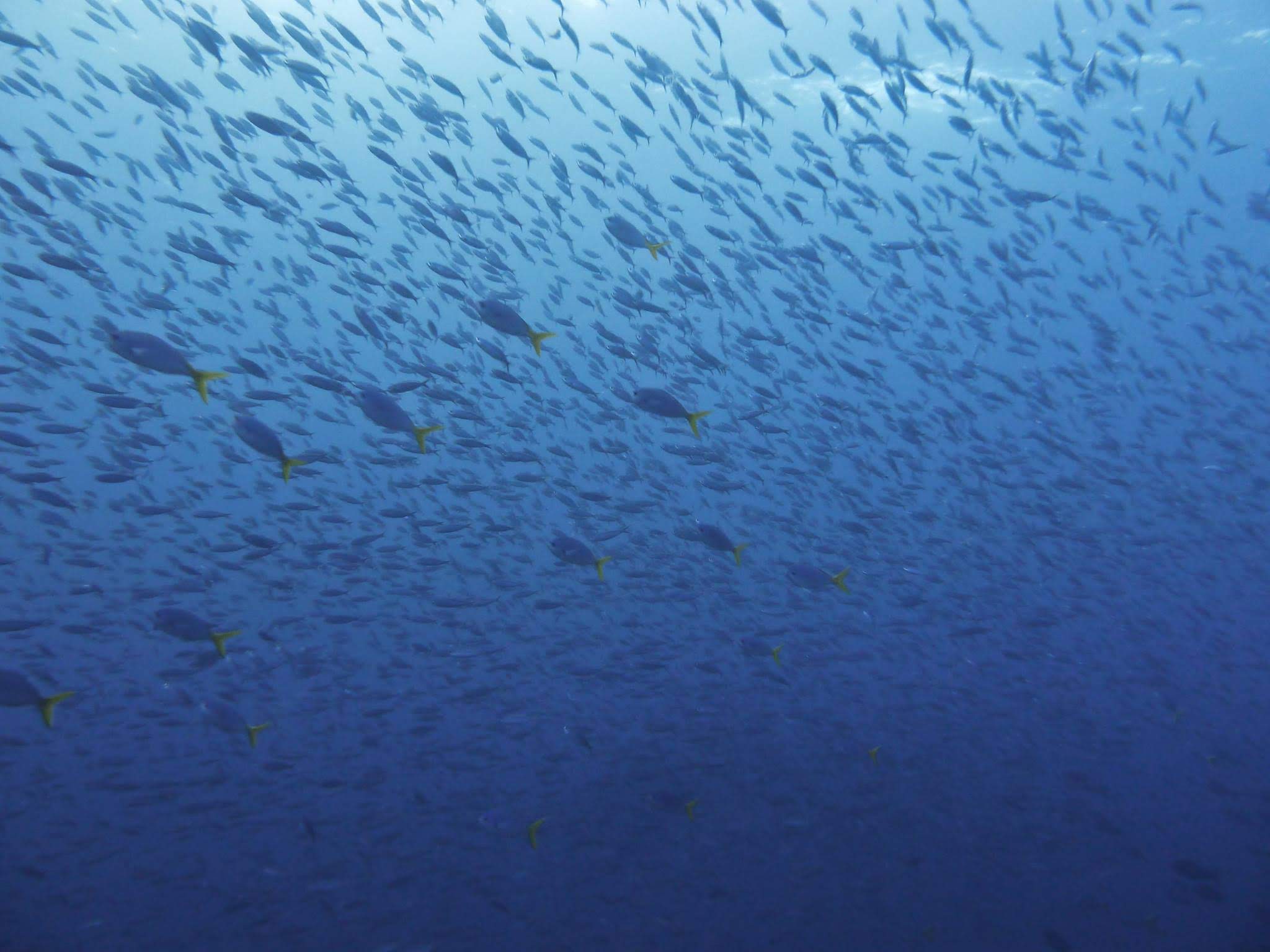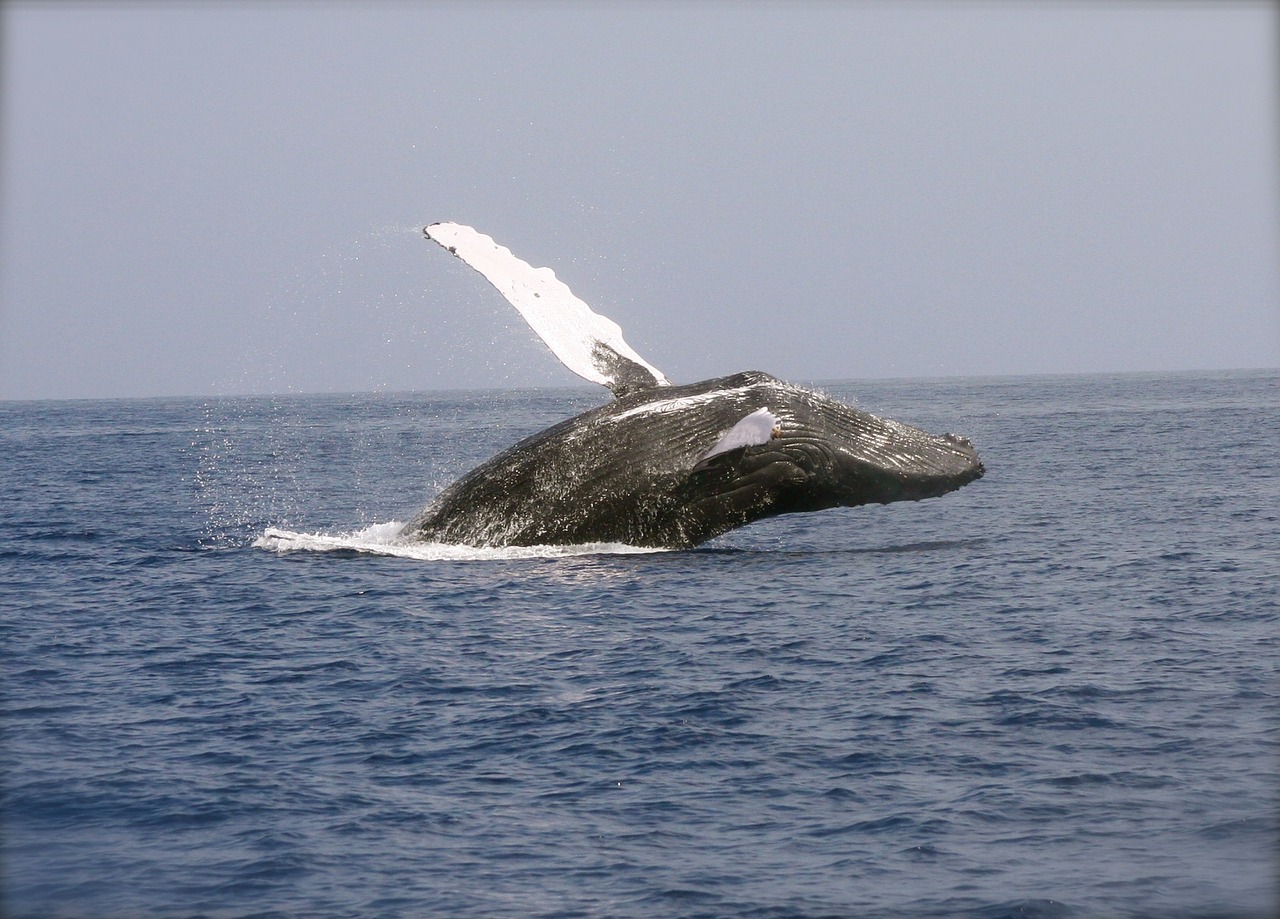Sharks
SCALLOPED HAMMERHEAD SHARKS
Japan has 3 major areas where it is possible to reliably see schools of up to 100 scalloped hammerhead sharks (Sphyrna lewini):
CHŪBU
– Mikomoto island off the Izu Peninsula (Honshū), where you can see schooling hammerheads on a boat drift dive, congregating near the current swept islets, mainly between June and October.
KANTŌ
– Izu Ōshima, one of the Nanpō archipelago’s Izu islands, where you can see schools of hammerheads on a very early morning shore-dive (!!!!), mainly between mid-June and October.
OKINAWA
– Yonaguni island, the last major island of the Nansei/Ryū-Kyū archipelago, and part of the Yaeyama Islands group (Okinawa Pref.), close to Taiwan, where you can see schooling hammerheads on a blue-water dive, mainly between November and June.
Mikomoto island is located a roughly 30-60 minute boat-ride away from the town of Shimoda at the western tip of the Izu Peninsula (Shizuoka Pref.), and the largest congregations of hammerheads are usually seen between the months of June and October, with July to September normally being peak “hammer season”.
More info on Mikomoto’s hammerhead dives here.
Okinawa`s Yonaguni season is mostly from November to June, and sightings are concentrated on the Irizaki site, to the west of the island.
More info on Yonaguni’s hammerhead dives here.
Hammerhead sharks are also often spotted, less regularly, in other areas of Okinawa, including the Yaeyama’s Iriomote, and further up north, around current swept sites Kume Island (Tombara area, in the winter months) and also in the Kerama islands.
The Nanpō archipelago’s Izu Ōshima island’s hammer season is mainly from mid-June to October, and hammerheads viewing points are accessed on a very early morning shore-dive.
Another seasonal hammerhead shark viewing point was recently discovered in south-west Shikoku’s Ainan area (Ehime Prefecture), where hammerheads and other pelagic sharks are spotted between July and September.
Other than these main sites, hammerhead sharls are sometimes spotted on other sites including other islands of the Nansei and Nanpō archipelagos, but also occasional on dive sites of Kansai’s Pacific coast, Shikoku’s Uguru Island area or more exposed Pacific coast sites of Okitsu and Muroto, Kyūshū’s Tokara islands.
THRESHER SHARKS
Pelagic thresher sharks (Alopias pelagicus) are sometimes spotted at different sites in Kantō’s Nanpō islands (Izu and Ogasawara islands) due to the combined effects of currents, relative isolation and access to deep water.
Thresher sharks are also spotted in Shikoku’s Mugi area (Tokushima Prefecture) in the early summer months, as well as Kyūshū’s Yamakawaoki Kamise (Kagoshima Prefecture) and Nichinan and Nobeoka areas (Miyazaki Prefecture)
WHALE SHARKS
Whale sharks (Rhincodon typus) are sometimes spotted at different sites in Kantō’s Nanpō islands (Izu and Ogasawara islands), but also around Chūbu’s Mikomoto Island
And in Kyūshū’s Amami and Tokara islands.
In Okinawa, they sometimes seen at Kume island (Tombara and Imazuni) and around Yonaguni Island or Iriomote (“San-no-ne” and “Higashi-no-ne” sites), in the Yaeyama islands group.
TIGER SHARKS AND OCEANIC BLACK TIPS
Tiger sharks (Galeocerdo cuvier) and oceanic black tip sharks (Carcharhinus limbatus) spotted off Mikomoto island, along with sandbar sharks (Carcharhinus plumbeus).
In South-west Shikoku’s Ainan area (Ehime Prefecture) oceaning black tip sharks (Carcharhinus limbatus) and blacktail reef sharks (Carcharhinus melanopterus) were also spotted, along with scalloped hammerheads (Sphyrna lewini).
These sharks have also been spotted in south Kyūshū’s Satsunan islands (especially the Amami and Tokara islands) and in Okinawa’s Kume and Kerama islands, as well as islands in the Yaeyama group including Iriomote and Yonaguni.
OTHER SHARKS AND RAYS
TŌHOKU
Japanese banded houndshark (Triakis scyllium) are often seen in the spring months in Tōhoku, especially around the island of Tobishima (Yamagata Prefecture).
KANTŌ
The Ogasawara/Bonin islands are famous for their populations of grim-looking sand tiger sharks / ragged-tooth sand sharks “raggies” (Carcharias taurus) are found all year round in the area.
Pelagic thresher sharks (Alopias pelagicus), whale sharks (Rhincodon typus) and scalloped hammerhead sharks are sometimes spotted at different sites in the Nanpō islands, due to the combined effects of currents, relative isolation and deep water access.
Smaller sharks such as sleeping white-tip reef sharks (Triaenodon obesus) are often seen in winter months at Kamogawa (Chiba Pref.), and various rays including guitar-sharks/shovelnose rays (Glaucostegus typus) or Japanese bullhead sharks (Heterodontus japonicus) are spotted in most of the area, including the Izu Islands.
Schools of Japanese eagle rays (Myliobatis tobijei) can sometimes be seen in the summer months at Nishikawana (Chiba Pref).
The Nanpō archipelago’s Izu and Ogasawara islands offer the chance to see other types of rays, including mobulas like Mobula japanica and Mobula thurstoni, and giant “oceanic” manta rays (Mobula birostris)
In Chiba Prefecture, one of the major diving attractions is Tateyama-Ito’s “Shark Scramble” (or “Shark City”) where it possible to dive with hundreds banded hound-sharks (Triakis scyllium) and red stingrays (Hemitrygon akajei) during a frantic feeding/chumming session.
We encourage you to look at videos readily available online and decide for yourself if this type of diving experience is for you.
CHŪBU
Mikomoto island, beyond the large schools of scalloped hammerhead sharks (Sphyrna lewini) it is famous for, can also offer lucky divers the chance to see whale sharks (Rhincodon typus), oceanic black tip sharks (Carcharhinus limbatus) and sandbar sharks (Carcharhinus plumbeus).
Other visitor include the odd mola-mola, dolphins or sailfish, as well as eagle rays and schooling pelagics.
Mikomoto island and the Izu Peninsula dive sites are also quite famous for spotting Japanese bullhead shark (Heterodontus japonicus) and carpet sharks such as the Japanese angel shark (Squatina japonica) or the Japanese wobbegong (Orectolobus japonicus).
The Numazu and Ita areas, west of the Izu Peninsula, are also popular for the variety of marine life that appear in early spring, schooling eagle rays and the occasional manta ray.
The Atagawa and Arari areas are famous for its schools of Japanese eagle rays (Myliobatis tobiei) in the spring to summer months.
KANSAI
Manta rays and the occasional hammerhead sharks are sometimes spotted in the summer months on sites of the Pacific coast.
Carpet sharks such as the Japanese Angel shark (Squatina japonicus), and the Japanese bullhead shark (Heterodontus japonicus) can be seen on nearly every dive at a dive site in Koka, Mie Prefecture.
SHIKOKU
Thresher sharks (Alopias vulpinus) are often seen in Tokushima Prefecture’s Mugi area, in the early summer months.
The more remote Uguru Island area, or more exposed Pacific coast sites of Okitsu and Muroto (Kōchi Pref.) all offer good chances of seeing occasional manta ray, mola-molas or hammerhead sharks.
Kan-no-ura, on Kōchi Prefecture’s Pacific coast, offers divers one of Japan’s only chance to witness whitespotted bambooshark (Chiloscyllium plagiosum) spawning events between the months of May and July.
KYŪSHŪ
White-tip reef sharks (Triaenodon obesus) and black-tip reef sharks (Carcharhinus melanopterus) are very common on the coral reefs of the Satsunan islands, along with different types of carpet sharks.
Bigger pelagic sharks and rays are also commonly spotted from winter to spring and in the summer months, especially in the Satsunan Islands (especially in the Amami and Tokara islands…) all the way down to Okinawa.
There have been sightings of small schools of oceanic black tip sharks (Carcharhinus limbatus), tiger sharks (Galeocerdo cuvier), hammerhead sharks (Sphyrna lewini), spotted eagle rays (Aetobatus narinari), baitballs and other types of pelagic actions in the spring months around the Satsunan islands (Amami, Tokara…), especially on exploratory cruises.
Eagle rays (Aetobatus narinari), thresher sharks (Alopias pelagicus), sharks (Sphyrna lewini), and mola-mola/sunfish (Mola-mola) are also sometimes spotted in Miyazaki Prefecture’s Nichinan and Nobeoka areas, and hammerhead and thresher sharks are also sometimes spotted in Kagoshima’s Yamakawaoki Kamise area.
Reef manta rays (Mobula alfredi) are regularly spotted in the Tokara islands, especially around Kuchinoshima, between the end of October to mid-May, along with spotted eagle rays in the autumn months, and the occasional whale sharks (Rhincodon typus) have also occasionally been spotted
OKINAWA
White-tip reef sharks (Triaenodon obesus) and black-tip reef sharks (Carcharhinus melanopterus) are very common on the coral reefs of the Okinawa region, along with carpet sharks and zebra sharks (Stegostoma fasciatum, sometimes erroneously called “leopard sharks”).
This would need to be investigated, but beyond the regular scalloped hammerhead (Sphyrna lewini) sightings, there is regular talk of tiger sharks (Galeocerdo cuvier) and oceanic black tip sharks (Carcharhinus limbatus) spotted off Iriomote, Yonaguni and other islands in the Yaeyama group, as well in Kume and the Kerama islands.
Whale sharks (Rhincodon typus) have also occasionally been spotted around Kume island (located 100 km west of Okinawa Main Island) and around Yonaguni Island or Iriomote (“San-no-ne” and “Higashi-no-ne” sites), in the Yaeyama islands group.
Schools of cownose rays (Rhinoptera bonasus) are sometimes spotted in the spring off the Kerama islands (Aka-jima, etc…)

